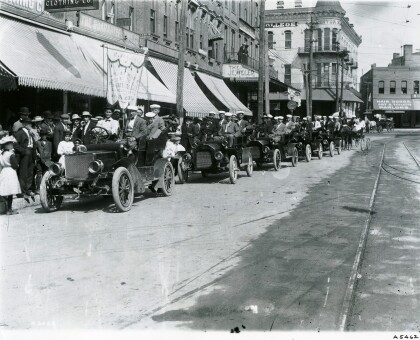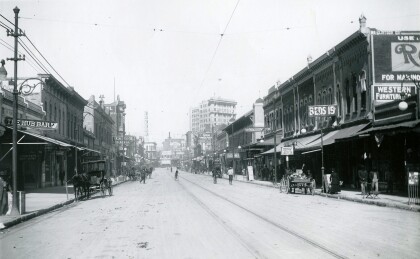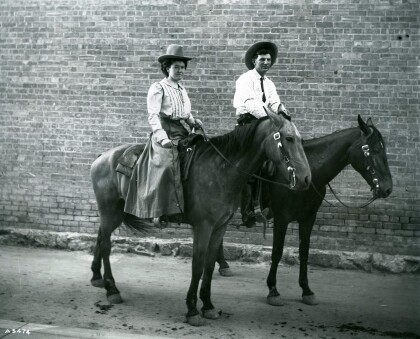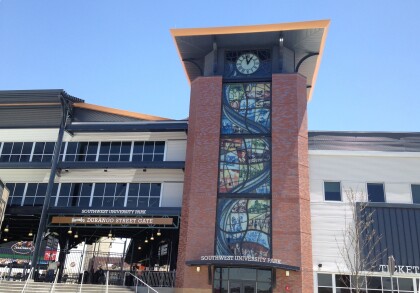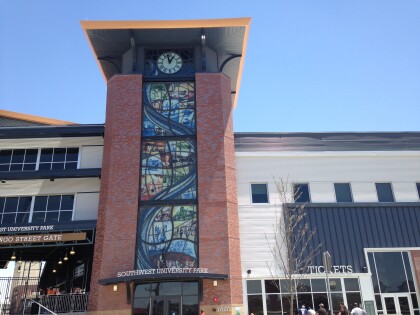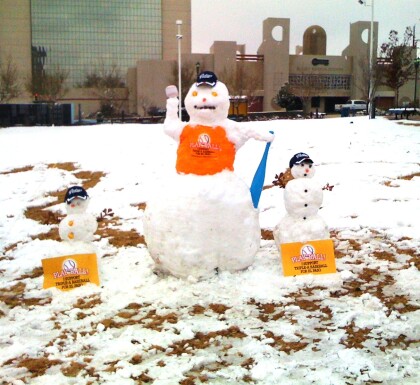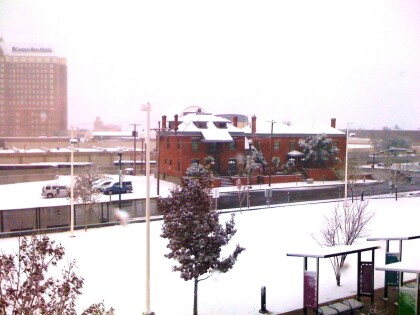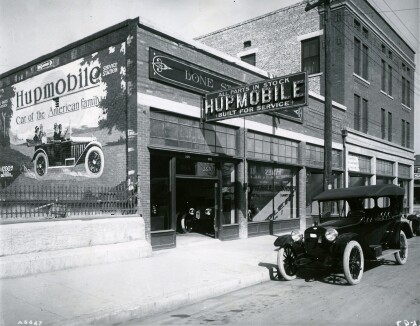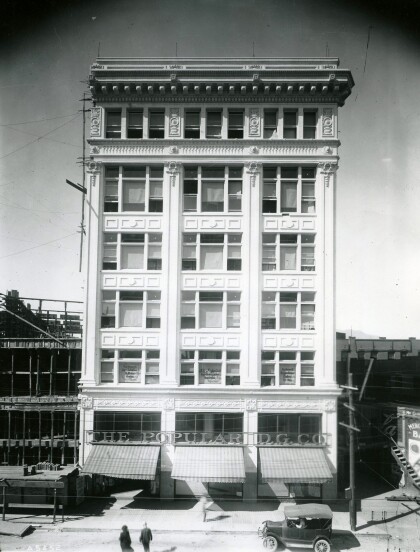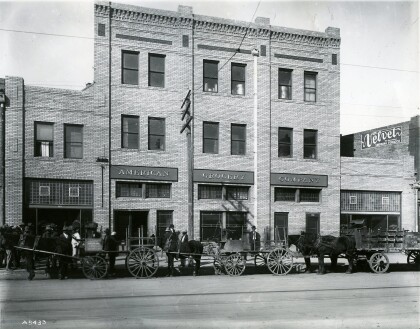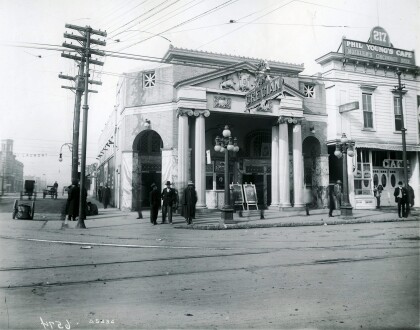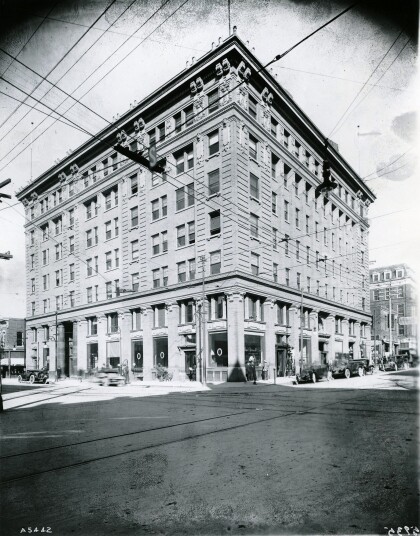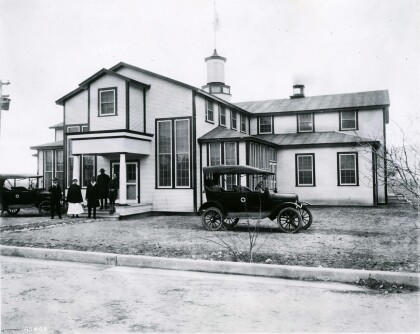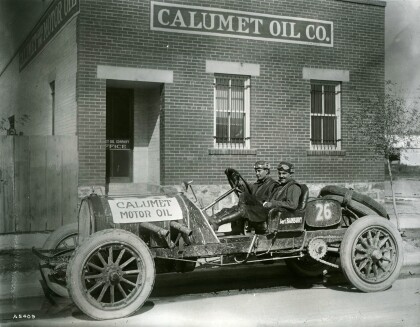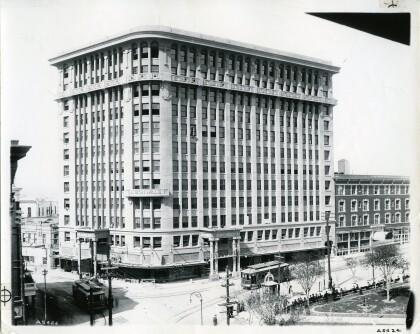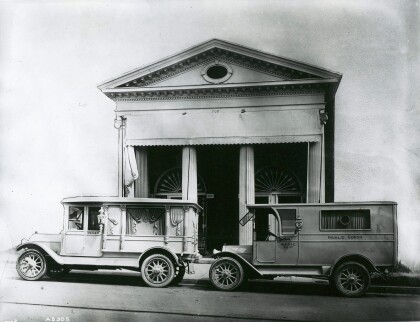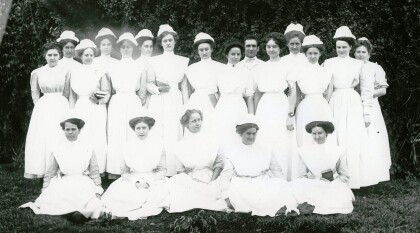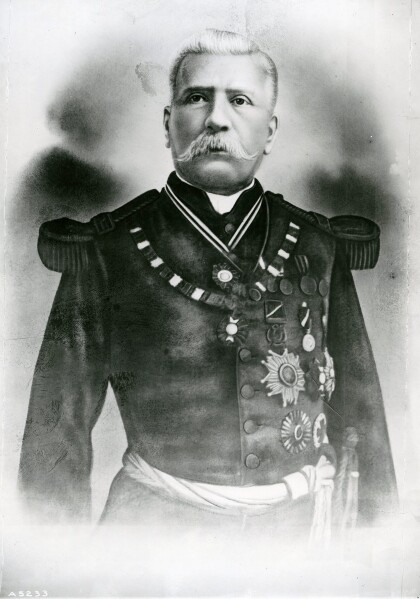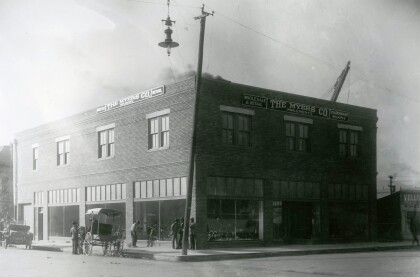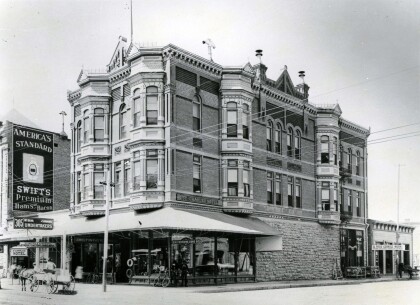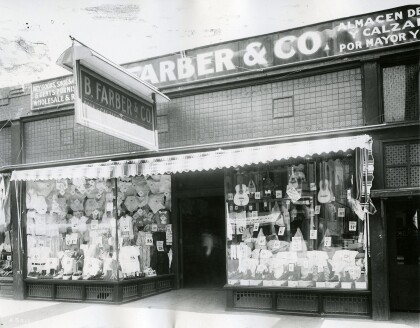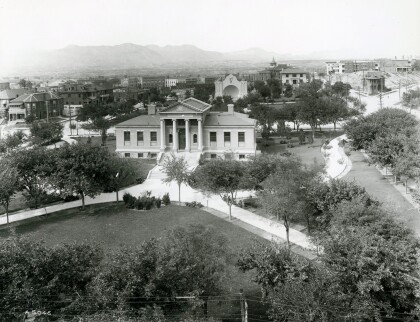El Paso's Homegrown: World War II
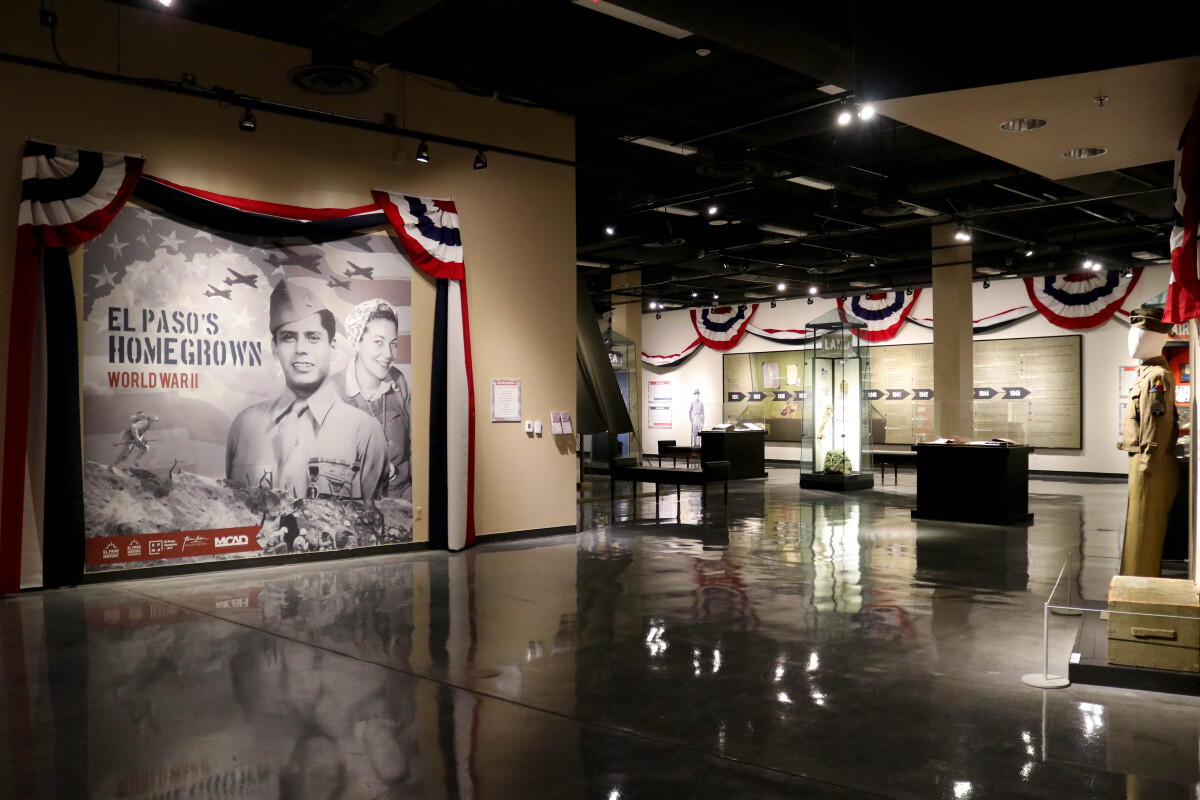
El Paso's Homegrown: World War II
The homefront of El Paso, Texas was no stranger to war. Between 1861 and 1941, the region had witnessed and experienced the costs of the American Civil War, the Mexican Revolution, and the First World War as well as ongoing Border tensions. When the United States officially entered World War II in December of 1941, so too did the El Paso community. Young men enlisted or were drafted into combat. Women joined the workforce in record-setting numbers to replace them, and the Bracero Program brought Mexicans over the border through Ciudad Juárez to further alleviate labor shortages in the United States. Fort Bliss, established nearly a century earlier, became a major Army base, while social clubs, like the Woman’s Club, rolled bandages and raised money. Almost everyone purchased war bonds and learned to live on ration books. Despite these struggles, many El Pasoans recall their city as being a bustling, peaceful town during this period. In 1940, El Paso still measured less than thirteen square miles and had a population of fewer than 100,000 people within its city limits. This exhibition examines the impact of World War II on the greater El Paso community and how the people of El Paso left their mark on history through their service at home and abroad. Though often viewed as idyllic during this period, El Paso was a complex Bordertown with people of different cultures working to survive and thrive during a global conflict. The El Paso Museum of History is honored to share El Paso’s Homegrown: World War II. This exhibition is made possible by members of the community who generously collaborated with the Museum to showcase mementos of their loved ones who served in the war.
Report this entry
More from the same community-collection
Cowgirl and Cowboy, El Paso TX, circa 1915
The picture shows a cowboy and a cowgirl on horses in El Paso. ...
Providence School of Nursing 1912 - El Paso, Texas
This is the photo of the class of 1915 of the Providence School ...
Merrick Building 1910s - El Paso, Texas
The picture shows the Merrick building during the 1910s. It ...
